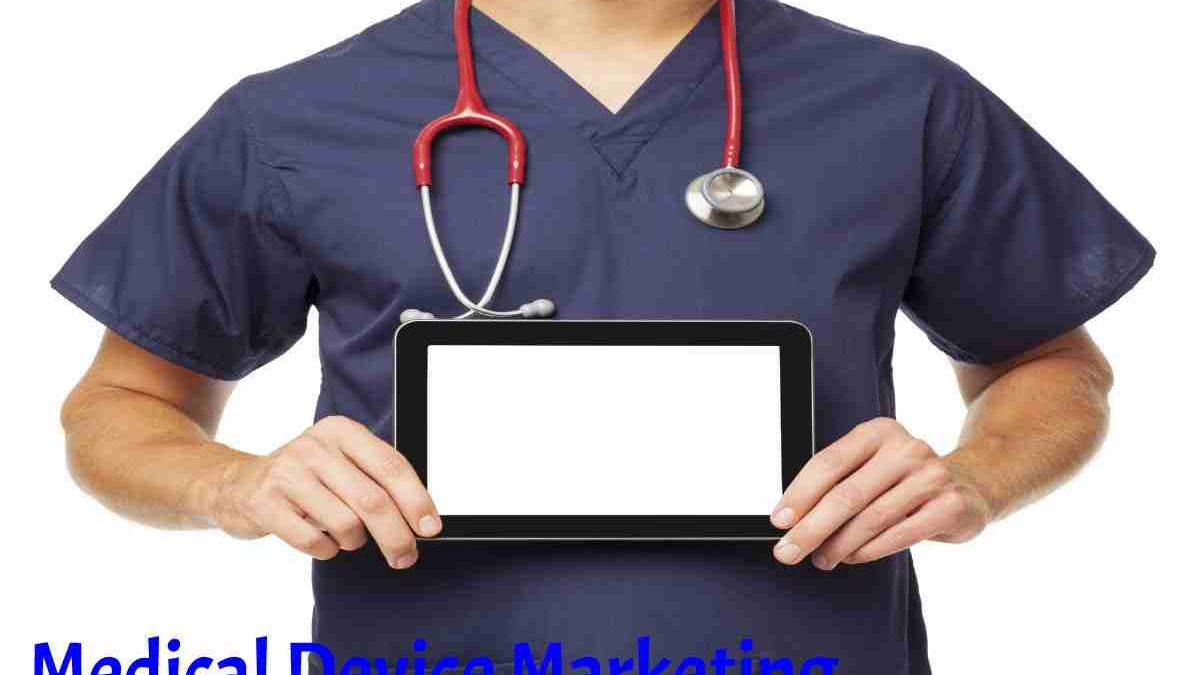Table of Contents
Marketing of Medical Devices
- 6 Proven Plans for Marketing Your Medical Device
- Understand your audience.
- Understand the problem.
- Create your go-to-market Strategy to meet the Customer throughout the buyer’s journey.
- The message around the value for the client.
- The web is a fundamental tool.
- Build trust with consistency.
How to get Adhesive Friction with Medical Device Marketing
Medical device builders face a sole and also challenging product development lifecycle: finished products must remain thoroughly tested and also accepted long before the device can be made available for sale.
At the same time. The demand for increasingly effective medical devices is increasing. The needs of the Baby Boomers and also the looming needs of Generation X are driving device manufacturers into a highly competitive market, one that requires these companies to find ways to capture the attention of their target market while making their products stand out. Above similar medical devices.
To Further Complicate the Equation,
Marketing medical devices require balancing attracting your target audience with regulatory compliance. The result? Commercializing medical devices requires using the most effective strategies to obtain the proper care at the right time.
It remains critical that medical device manufacturers use modern marketing tools while leveraging traditional best practices. Whether you’re looking to prepare your go-to market for your medical device or improve marketing for a device already on the market, there are six proven marketing strategies to consider.
1. Understand your Audience
Understanding your audience remains the cornerstone of effective marketing. It’s a step that companies often downplay or overlook in a rush to get in front of their audience. Identifying that audience and also building personalities may seem corrective, but they are so important that their value is worth remembering.
The good update for those looking to market their medical device remains that much of the information you need to create personas already exists within the organization. Your market research should have identified who you will sell to, a doctor or patient, hospital or private practice, etc., and also the pain points your market is looking to address. Use these statistics to identify the most critical person to target with your marketing.
But Don’t Stop there.
You may reason that a doctor or professional remains the most important person for you to get your message across, and also you’re probably right. However, going beyond that main profile can target secondary audiences with influence on the primary decision-maker. Creating buyer profiles for nurse practitioners, office managers, or hospital procurement managers can allow you to reach others with a voice in the procurement process, from research to purchase.
2. Understand the Problem
Knowing the audience alone is insufficient for your medical device marketing to stand out. Your message should be able to address your target audience but also show an understanding of the challenges they face and clearly describe how those felt needs remain in existence and also remain handled with your device.
For example, doctors may have an existing device to help treat a condition. Still, using that device often leads to complications for the patient, causing some patients to refuse necessary treatment and also others to consider negligence lawsuits despite being informed. Risks Both remain pain points for your target customer. Suppose your device decreases or eliminates those risks. It’s essential that your marketing inform potential buyers about differentiators that mitigate those risks and make their lives easier.
3. Create your go-to-market Strategy to meet the Customer Throughout the Purchaser’s Journey
Medicinal device purchases remain not like buying a gallon of milk. Purchasing a device requires a lot of thought and research, and that process doesn’t happen overnight.
As the buyer’s journey extends to medical devices, it’s essential to have information and marketing materials ready to meet your audience at every step of the decision process. The stages of the buyer’s journey typically consist of:
Awareness:
Your audience becomes aware of your device through internet searches or advertisements. This journey phase includes tactics such as press releases, radio and television, and online promotions. Also, search engine optimization.
Consideration:
The spectators understand the problem they are facing and know that they have a device that can help. In the consideration phase, customers seek information to help them understand the efficacy and clinical results of the product. Content like social advertisements and email marketing. Automation. And blogs remain part of the consideration phase.
Purchase:
In the purchase or decision stage. The buyer has researched and also is ready to decide on the product that best suits their needs. Product contrasts. ROI analysis and also practical guides help the audience decide to buy. Testimonials and case studies remain powerful assets that support your product claims with real-world results. Online sample or demo requests, contact centers, and also e-commerce functionality promote self-service shopping.
Making sure you can answer a buyer’s questions at every step of the journey will give you a complete picture of your device’s value. The intention is to answer questions before the buyer asks them while analyzing the competitive advantages of your product against other options. When done effectively, this full-journey approach to your marketing asset plan will take your audience from one decision to the next, impressing the Customer with the value and significance of the results to physicians and also patients.
Journey mapping is not always a competency for the internal team of a medical company. If you decide to hire a partner to help you with assets throughout the buyer’s journey or with Strategy, it’s essential that you
Conclusion
Medical device manufacturers typically target a very niche audience with specific needs. The Baby Boomer population is aging and more Americans than ever suffer from chronic lifestyle and other diseases. Hospitals need new robotic equipment and other devices to continue providing exceptional care. Reaching these niche audiences in new and engaging ways is critical to long-term success.


